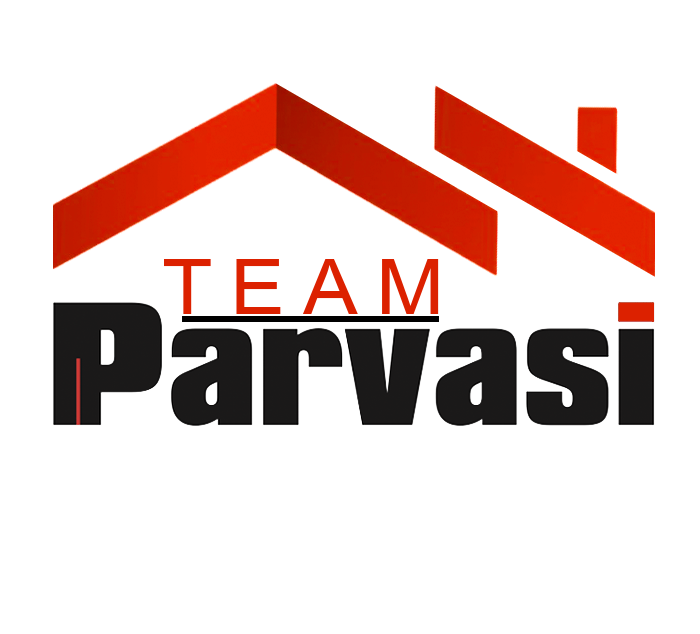Increase in H-1B quota sought to address shortage of highly skilled professionals in US
Technology companies depend on it to hire tens of thousands of employees each year from countries like India and China.
Increase in H-1B quota sought to address shortage of highly skilled professionals in US
Washington: An association of more than 2,100 small and mid-size IT companies in the US mostly owned and operated by Indian-Americans has urged lawmakers to double the H-1B quota from the current 65,000 to address the massive shortage of highly skilled workforce in the country.
The H-1B visa is a non-immigrant visa that allows US companies to employ foreign workers in speciality occupations that require theoretical or technical expertise.
Technology companies depend on it to hire tens of thousands of employees each year from countries like India and China. More than 240 members of the association named ITServe converged in the US capitol on Tuesday for the first-ever in-person Congressional advocacy day during which they plan to reach out to Congressmen and Senators to brief them about the massive shortage of highly skilled workforce in the US.
They said the shortage of highly skilled workforce is impacting their businesses and the American advantage in general.
Similar stories














Comments are closed.